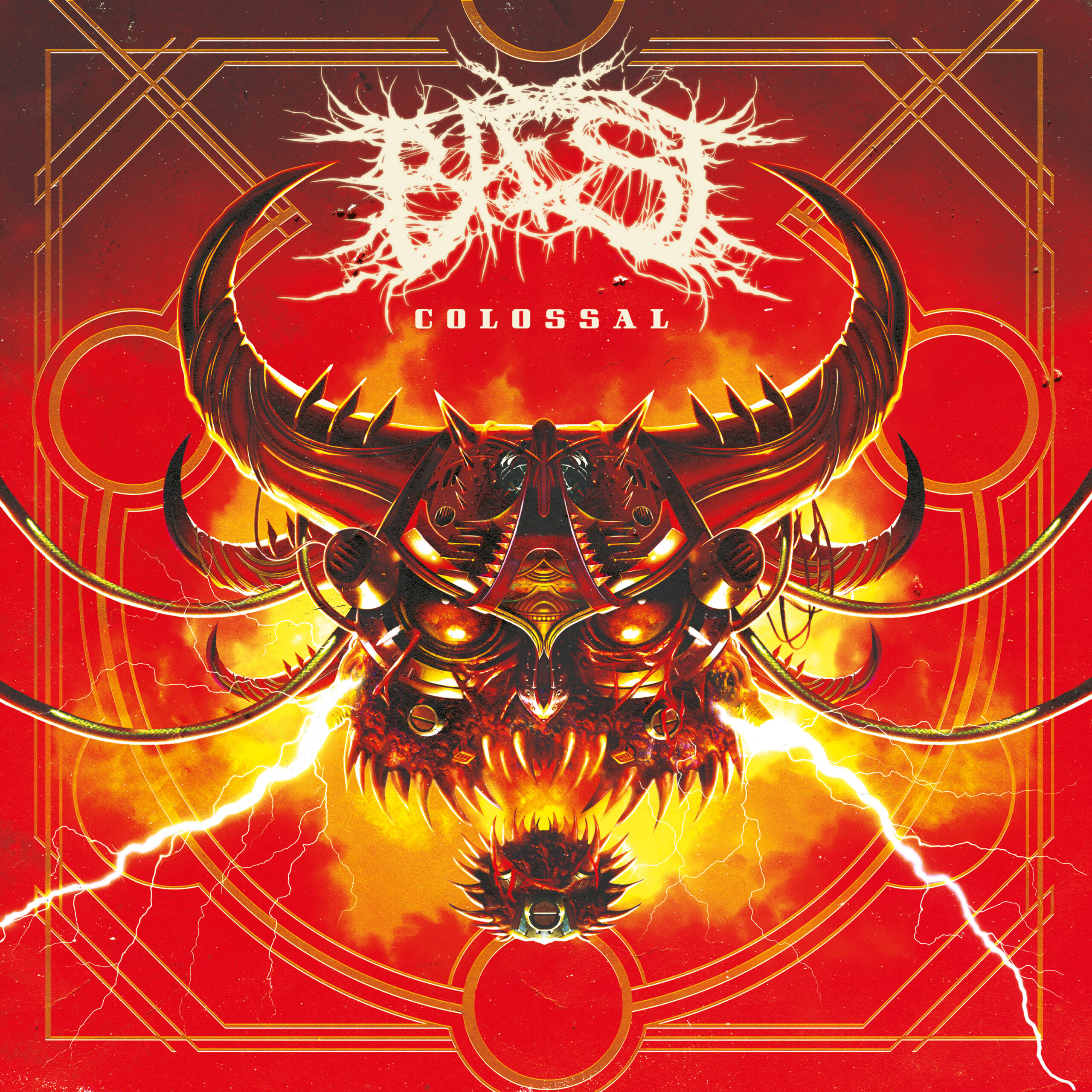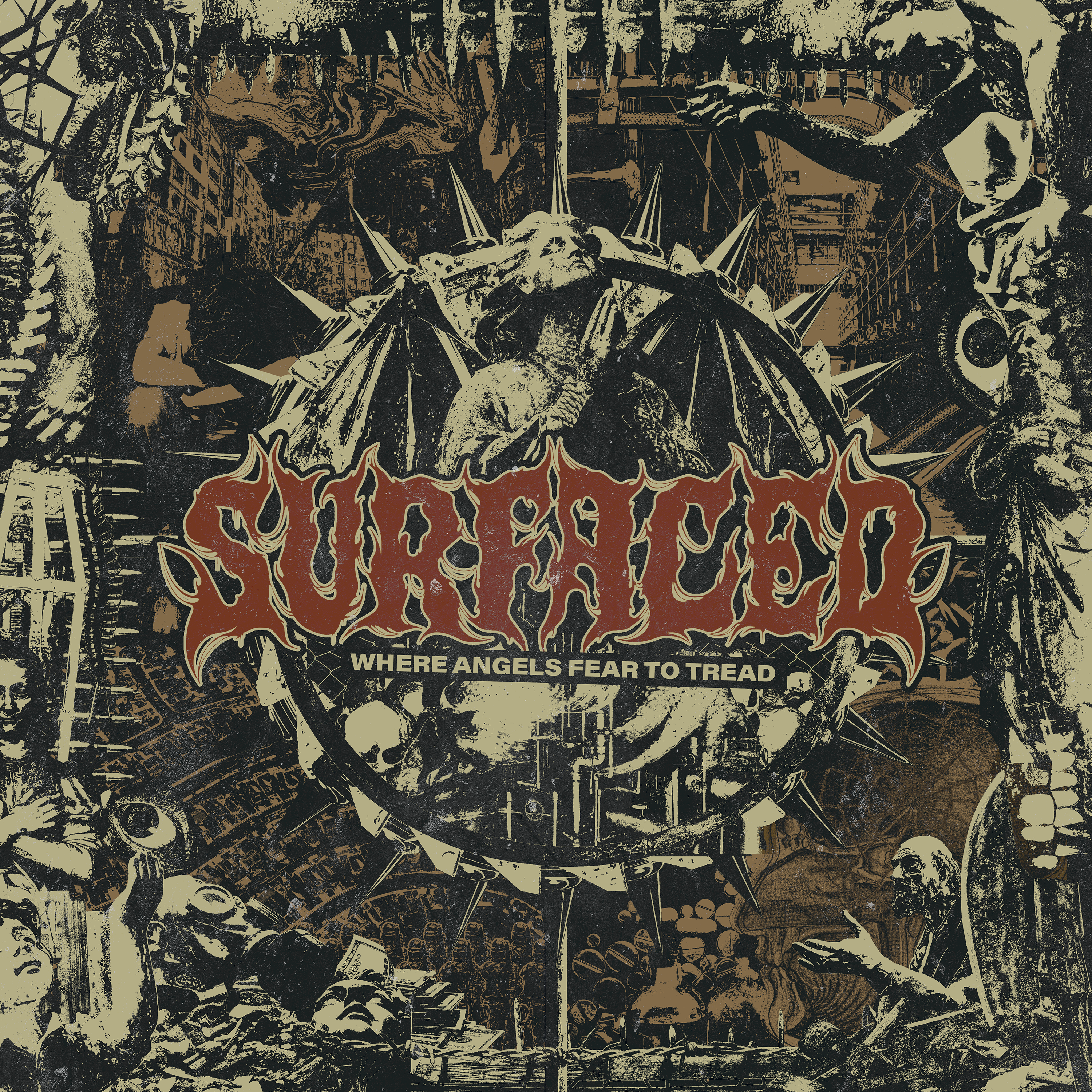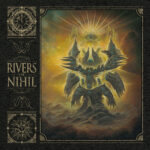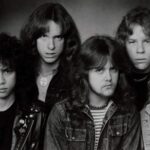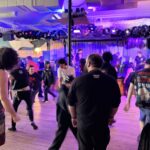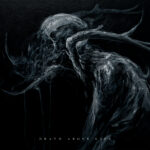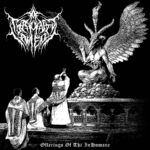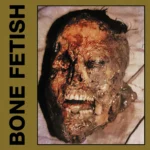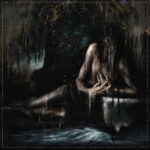Now Reading: From the Pit to the Studio: Baest on Building Colossal
-
01
From the Pit to the Studio: Baest on Building Colossal
From the Pit to the Studio: Baest on Building Colossal
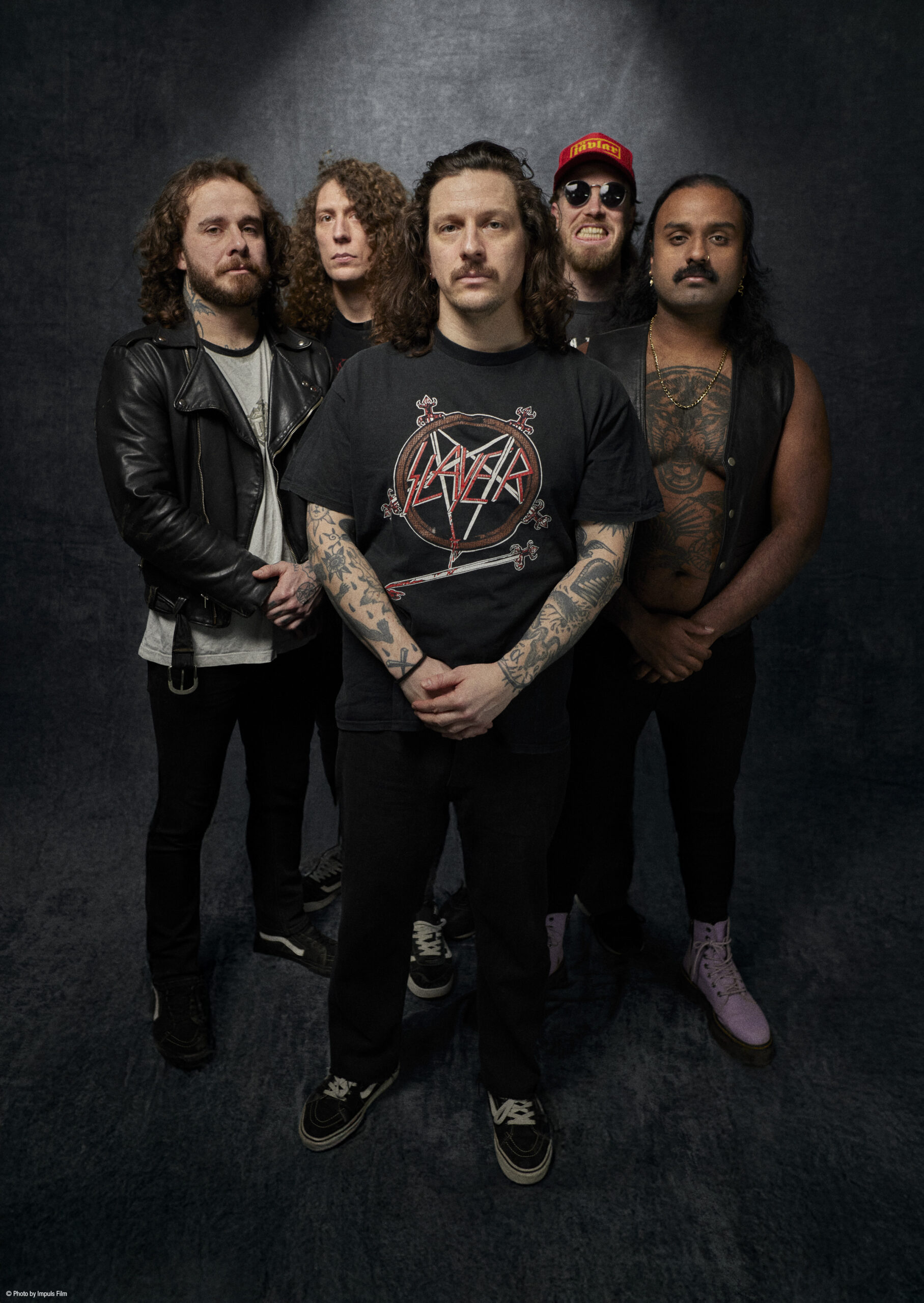
Earlier this year I caught Baest tearing it up as the opener for Arch Enemy in Calgary. Their energy on stage was unreal — the kind of set that sticks with you long after the lights come up. With Colassal about to drop, I had the chance to send the band a few questions about the new record, their writing process, and the collaborations that helped shape some of its most memorable moments.
I’ve been looking forward to this release, I saw Baest open for Arch Enemy in Calgary earlier this year and was blown away by their energy and sound. Below are the questions for the band.
Q: You’ve described Colossal as a blend of classic heavy metal riffs and aggressive death metal—‘Ozzy death metal,’ I believe was the phrase. What pushed you in that direction this time around, and how did you keep that classic influence from softening the impact of the brutality?
This direction came about afternoon EP ‘Justitia’. This release featured some classic-ish riffs, and this prompted us to seek out, why it was so interesting to us. That ended up in big pool of classic riffs, that went into the Baest machine, and came out as Colossal. We think we’ve kept our death metal sound, and just added some fresh ingredients to it !
Q. With previous albums the pacing seemed to be much faster; writing, recording, and releasing in tight windows. This time you took nearly two years and spaced out singles. Did that extra time give you more room to refine or rethink songs in a way you couldn’t before?
We really think it gave us the right amount of time. We recorded the songs in 5-6 different sessions, finishing up two tracks, and demoing to tracks at a time. It was an exciting method, and definitely made us aware that webcam develop a lot by playing demos live, and seeing the reaction, and feeling our own reaction to the track.
Q. Jesper Binzer from D-A-D appears on ‘King of the Sun’—what made you want to bring him in, and how did his presence influence the final version of the track?
We wanted to do something different with King of The Sun, and Simon had this idea about a more clean part of the song. We shot our shot, sent Jesper an email, and to our disbelief he replied and wanted to join. This definitely helped us in cementing, that the song had its spot on the record, as a special kind of track/style.
Q. ORM’s guest spot on ‘Misfortunate Son’ adds this eerie, almost ghostly layer to an already brutal track. What led to that collaboration, and how did working with them change your approach to that song?
We’ve been fans of Orm, since they weren’t even called orm! We are lucky to call them friends, and have been wanting to feature them for a long time. That black metal part in Misfortunate was screaming for Orm.
Q. While touring with Arch Enemy earlier this year, you played some of the Colossalmaterial live. Do you ever test out new tracks on stage before they’re finalized in the studio, or do you prefer to keep everything under wraps until it’s recorded?
We try to do this, and will definitely do this way more, since it really helped the proves this time around. We were happy to seenthe crowd enjoy Misfortunate Son, and it has become a band favourite to play live. Thank you, audience!
Q. At the Calgary show earlier this year, Simon jumped off stage and tore through a verse from the middle of the circle pit, that kind of intensity sticks with a crowd. When you’re tracking vocals or laying down parts in the studio, is that same raw energy something you try to bring into the recordings, or is the studio a totally different mindset for you?
Simon is a madman. Absolute madman. The pit running around him, him being lost after that verse, the band just hoping he emerges on stage afterwards, it’s awesome. Simon brings this energy, whatever he is doing. And he is a mastermind when it comes to vocals, if we let his madman mind take its course.
Q. It took two years at Antfarm with Tue Madsen. What made that long timeline worthwhile? Any breakthroughs or unexpected challenges you can share?
It is very much worthwhile having tracks like Stormbringer and Loathe and Love show up out of nowhere, and the extra time made that happen. If we’re doing it like that next time around, I don’t know, but it will be something close. We find, that the more time we can think about riffs, better riffs will come
Q. In recent interviews, you’ve mentioned wanting to bring new flavours and more melody into your sound on Colossal. Was there any tension between dialing up the heaviness and still keeping things catchy and memorable? How did you approach striking that balance across the album?
It was spontaneous and natural, we just started showing up with these melodic classic sounding riffs, and everyone seemed to enjoy it. So we had to make it a part of our sound. The challenge was to find the right balance, and that also requires a bit of guts. Everyone was on board, and as Bolt Thrower says – no guts, no glory.
Q. With this album being different, catchy, progressive, and energetic, how do you see Baest evolving beyond this release? Will you lean even more into classic metal influences, or pivot back to pure death brutality?
We think we’ll lean more in both direction – the balance in the record and live set really inspires to bring even heavier sounds into our sound, but also emphasising the melodies and going all out that direction to. The demoes are shaping up, and it seems you’re getting more of everything next time too!
Colossal proves Baest aren’t afraid to push their sound in new directions without losing the bite that put them on the map. After hearing what they had to say here, and knowing how much fire they bring to the stage, I can’t wait to see where they take things next.


